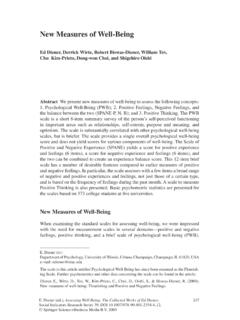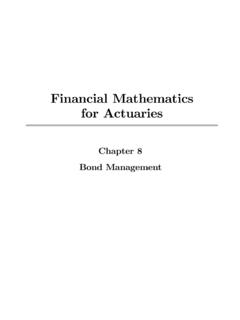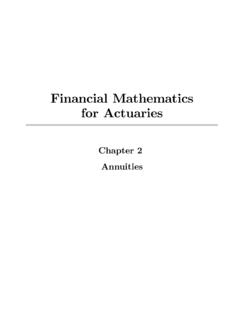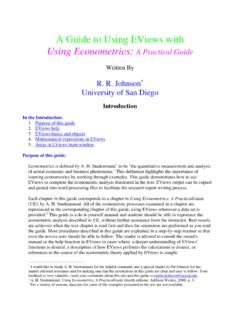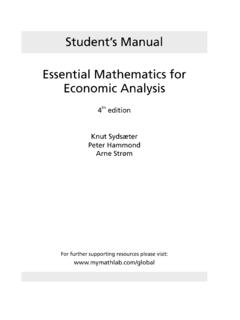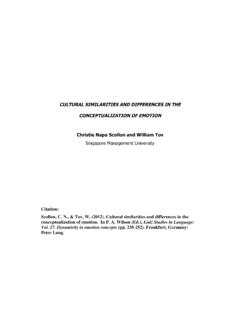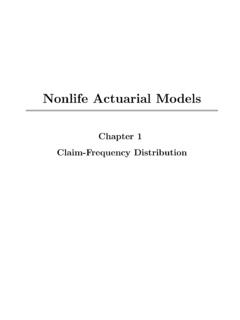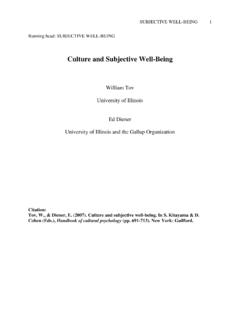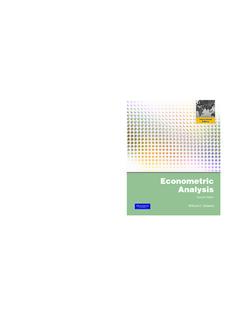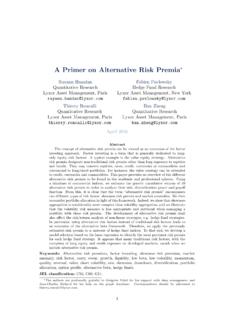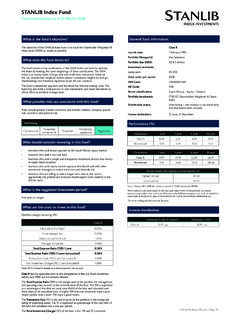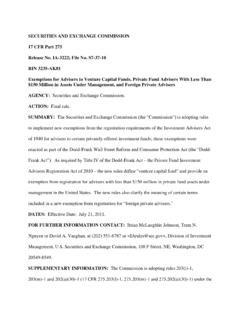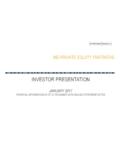Transcription of QF 101 QUANTITATIVE FINANCE COURSE DESCRIPTION
1 Page 1 of 4 The Lee Kong Chian School of Business Academic Year 2017/18 Term 1 QF 101 QUANTITATIVE FINANCE Instructor Name : Christopher Ting Title : Associate Professor of QUANTITATIVE FINANCE Practice Tel : 6828 0364 Email : Office : LKCSB #5036 COURSE DESCRIPTION What is QUANTITATIVE FINANCE ? Why QUANTITATIVE ? Increasingly, mathematical and statistical methods are being applied by hedge funds and asset managers to generate superior returns while minimizing their risk exposures.
2 Notable examples include the Renaissance Technologies Medallion Fund in the , and Quantedge Capital in Singapore. Strong QUANTITATIVE skills are the foundation for these hedge funds. They are extremely good at applying QUANTITATIVE FINANCE models to extract critical investment and trading signals from big data with Artificial Intelligence (AI). For day-to-day risk management in any bank these days, QUANTITATIVE skills are also indispensable to quantify market risks, credit risks, liquidity risks, interest rate fluctuations, funding costs, capital adequacy, and the list goes on.
3 This 101 COURSE introduces you to the essentials of QUANTITATIVE FINANCE models, starting with three basic principles to look at risk and return. It s going to be cool and fun to see how the math you have learnt so far (Pre-U Math) can be applied to solve problems faced by QUANTITATIVE strategists and risk analysts. LEARNING OBJECTIVES By the end of this COURSE , students will be able to: Elaborate the three principles of QUANTITATIVE FINANCE and apply them to understand the reality of financial market Apply a set of mathematical tools to structure and solve financial problems Explain the practical issues in the financial industry Connect and relate theoretical concepts of QUANTITATIVE FINANCE with methods used by practitioners PRE-REQUISITE/CO-REQUISITE/MUTUALLY EXCLUSIVE COURSE (S)
4 Please refer to the COURSE Catalogue on OASIS for the most updated list of pre-requisites / co-requisites for this particular COURSE . Do note that if this COURSE has a co-requisite, it means that the COURSE has to be taken together with another COURSE . Dropping one COURSE during BOSS bidding would result in both courses being dropped at the same time. ASSESSMENT Class participation 10% Blended learning 5% Homework assignment 25% Quiz tests 15% Final examination 45% Page 2 of 4 ACADEMIC INTEGRITY All acts of academic dishonesty (including, but not limited to, plagiarism, cheating, fabrication, facilitation of acts of academic dishonesty by others, unauthorized possession of exam questions, or tampering with the academic work of other students) are serious offences.
5 All work (whether oral or written) submitted for purposes of assessment must be the student s own work. Penalties for violation of the policy range from zero marks for the component assessment to expulsion, depending on the nature of the offence. When in doubt, students should consult the COURSE instructor. Details on the SMU Code of Academic Integrity may be accessed at ACCESSIBILITY SMU strives to make learning experiences accessible for all. If you anticipate or experience physical or academic barriers due to disability, please let me know immediately.
6 You are also welcome to contact the university's disability services team if you have questions or concerns about academic provisions: Please be aware that the accessible tables in our seminar room should remain available for students who require them. INSTRUCTIONAL METHODS AND EXPECTATIONS Lectures Students will learn about QUANTITATIVE FINANCE concepts and tools that are important to QUANTITATIVE strategists and risk analysts. Examples to illustrate the concepts will be amply provided. For an effective learning experience, students are strongly encouraged to review COURSE materials through blended learning after each class and proceed to attempt the supplementary questions and weekly assignments timely.
7 Exercises Question pack will be provided for each lecture for students to practise on concepts taught in lectures. Quiz Tests Graded MCQ quiz tests (open-book) in class and a take-home midterm test (open-book) will help you absorb materials better. You will see your own learning progression and improve along the way. Examination The final exam (open-book) will be on the materials covered in the COURSE . Past year mock exam questions will be provided. CONSULTATIONS Office consultation is available each week. CLASS TIMINGS This COURSE will be taught in 3-hour session.
8 TEXT BOOK An Introduction to QUANTITATIVE FINANCE : A Three-Principle Approach, Christopher Ting (World Scientific) RECOMMENDED READING Introduction to QUANTITATIVE Methods for Financial Markets by Andreas Binder, Hansjoerg Albrecher, Philipp Mayer, and Volkmar Lautscham (Springer) A Primer for the Mathematics of Financial Engineering (2nd Edition) by Dan Stefanica (Financial Engineering Press) Page 3 of 4 WEEKLY LESSON PLANS (subject to change) Week No. Specific Learning Objectives for the Lesson Topics Covered Assessment of Learning Instructional Strategies 1 Introduction Introduction Overview of QUANTITATIVE FINANCE Careers for Quants Pre-U Mathematics Revision Polytechnic A Level H1, H2 IB Diploma Weekly assignments accompanying each lecture, mid-term test, final examination Lectures, MCQ quiz for concept checks, discussions during class, tutorials.
9 And designated office hours consultation 2 Four Major Asset Classes Equity FX Commodity Geometric Series: Fixed Income Alternatives 3 Principles of QUANTITATIVE FINANCE Uncertainty and Risk Three principles of QUANTITATIVE FINANCE An Application of Three Principles of QUANTITATIVE FINANCE Ethics: Principles versus Models, Model Risks Differentiation: Optimization of Risk and Return of a Portfolio Leibniz s Rule and Risk-Neutral Density 4 Interest Rates Zero-Coupon Yield Curve and Risks Partial Differentiation: Interest Rate Risk and Bond Return L Hopital s Rule: Continuously compounded interest Rate.
10 Term Structure Bond Duration and Convexity Quiz A 5 Net Present Value Interest Rate Parity Forward Interest Rate Forward Rate Agreement Interest Rate Swap Cross-Currency Interest Rate Swap Discount Factors in Practice 6 Options European and American Options European Option Price Functions Limits: Bounds of European Option Price Put-Call Parity Box Spread Parity Put Call Inequalities for American Options Quiz B 7 VIX Indices Integration by Parts: Replication of European Payoff Model-Free Implied Volatilities Hands-on: Excel Calculation of VIX Ethics: Know your risk and avoid speculation Page 4 of 4 8 Recess 9 Payoff Replication Simple Random Walk One-Period Option Pricing Binomial Option Pricing Limit: Black-Scholes Pricing Formula 10 Ito s Calculus Einstein s Theory of Brownian Motion Bachelier s Probability Law Mathematical Brownian Motion Taylor s Expansion.
